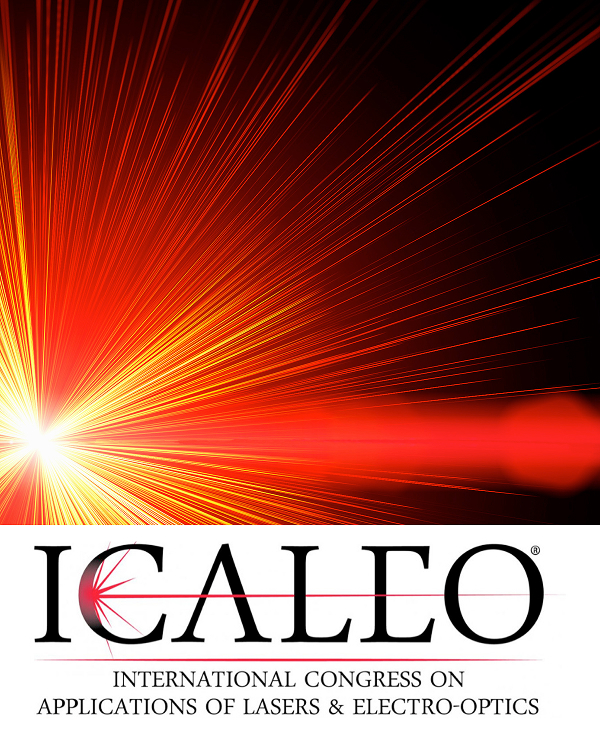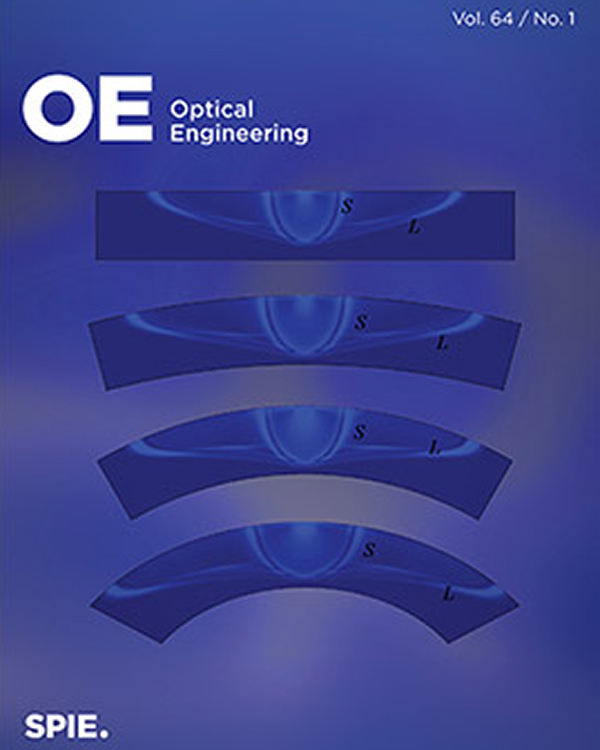Precision trepanning with a fiber laser
- Article Picture:

- Abstract:
An analysis is developed to establish the optimal parameters for precision trepanning using a 200 watt single mode fiber laser. Initial test results are also presented to document the mean values and standard deviations in the diameters of numerous fiber laser trepanned holes through a number of Hastelloy X material thicknesses. Analytical constraints are established for each of the following: (1) maintaining sufficient laser irradiance to assure efficient material removal without inducing plasma self-absorption, (2) selecting a laser pulse repetition frequency high enough to maintain a molten metal interface and hence increased absorption at the laser wavelength, while not exceeding the kinematic velocity limit of current trepanning heads, (3) establishing an optimum trepan “overlap ratio” to minimize perimeter irregularities consistent with high speed operation, (4) selecting a focused trepan spot diameter that achieves the optimal irradiance consistent with very modest laser power, size, and cost, (5) choosing a programmable continuous motion trepanning head and a spiral trepanning path to improve precision while minimizing both cycle time and perimeter artifacts, and (6) satisfying adiabatic energy requirements in the shortest practical time. This paper also presents important new test data indicating a standard deviation in trepanned hole diameter of only 2.37 µm when generating 36 test holes… with a system that was not yet fully optimized!
- Links:
- Last Updated Date: 2008-10-01
- Hits: 175
